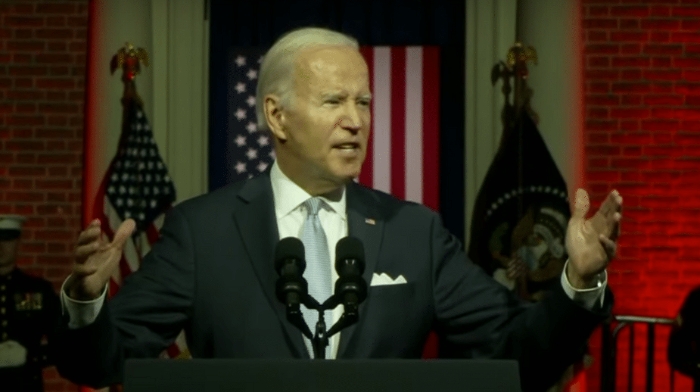
NASA’s Lunar Reconnaissance Orbiter captured an unusual double crater on the Moon caused by a rocket body impact last year. It consists of an eastern crater (18-meter diameter, about 19.5 yards) superimposed on a western crater (16-meter diameter, about 17.5 yards), which are both the result of a rocket body with large masses at each end.

A normal spent rocket has its mass concentrated at the motor end, while the rest of the body mainly consists of an empty fuel tank. Since the origin of this rocket body remains a mystery, the double nature of the crater may uncover its identity. So far to date, no other rocket body impacts on the Moon have created double craters. In related news, NASA’s SOFIA has discovered water on the sunlit surface of the Moon.
LEGO City Lunar Research Base 60350 Building Kit for Kids Aged 7 and Up; Toy Moon Base with Science Labs, Air Lock, Lunar Lander, Viper Rover, Moon Buggy, and 6 Astronaut Minifigures (786 Pieces)
- LEGO City space-themed playset – The LEGO City Lunar Research Base (60350) playset is packed with NASA-inspired details for imaginative space play
- What’s in the box? – All kids need to build a Lunar Research Base and vehicles including a lunar lander, skycrane drone, VIPER-inspired lunar robotic rover and moon buggy, plus 6 astronaut minifigures
- Designed for creative play – This Lunar Research Base toy includes domed accommodation quarters with a botany lab and ground-level garage, plus a science lab, air lock and docking tunnel modules
- A gift for a special occasion – This LEGO City space toy can be given as a birthday, holiday or any-other-day gift for kids and space fans aged 7 and up
- Research base dimensions – When built, the toy Lunar Research Base measures over 5 in. (13 cm) high, 15.5 in. (40 cm) wide and 10 in. (25 cm) deep

The four Apollo SIV-B craters were somewhat irregular in outline (Apollos 13, 14, 15, 17) and were substantially larger (greater than 35 meters, about 38 yards) than each of the double craters. The maximum width (29 meters, about 31.7 yards) of the double crater of the mystery rocket body was near that of the S-IVBs,” said NASA.

























































